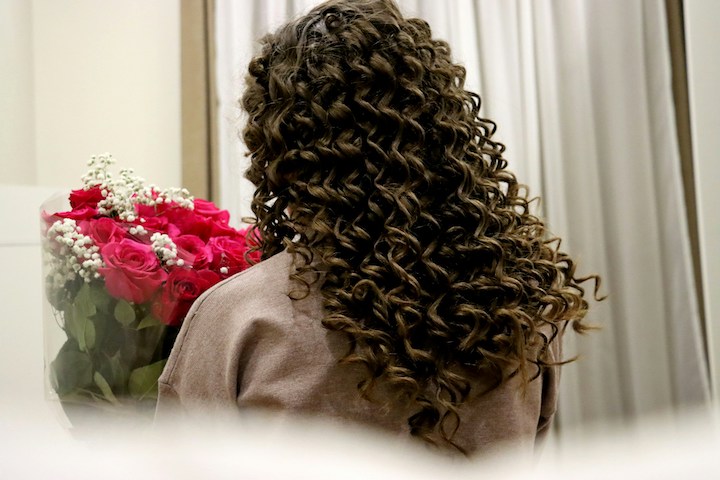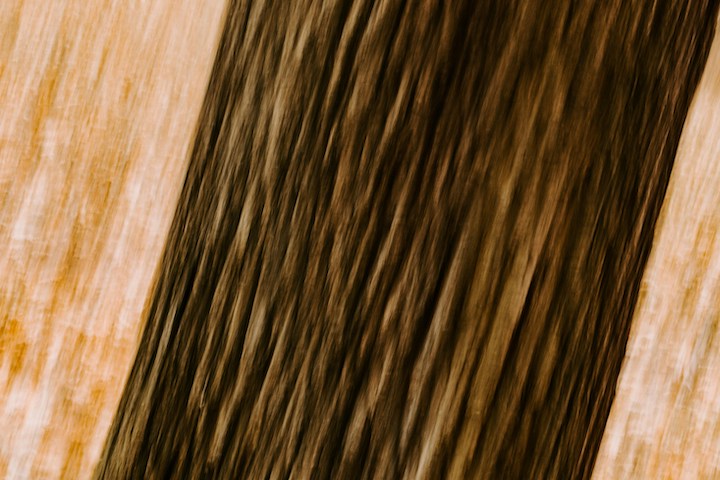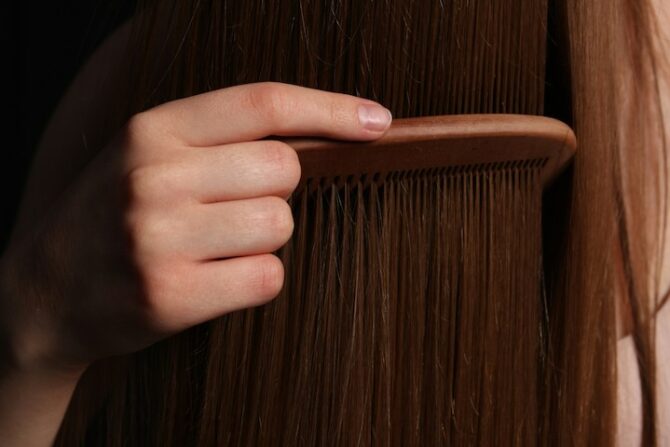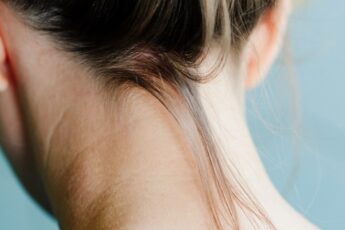Have you ever stood in front of the mirror, stared at your hair, and just wished it could behave?
Yeah, I’ve been there too. You smooth it down, tie it up, try a serum, and yet, the frizz still finds a way to ruin your morning. That’s why so many people end up looking into keratin treatments. The promise of soft, shiny, straight hair? Hard to resist.
But here’s the thing—I don’t want harsh chemicals near my scalp. I don’t want to sit in a salon for hours inhaling fumes. And I definitely don’t want to damage my hair just to make it look good for a few weeks.
That’s what pushed me to start looking for keratin treatment alternatives. And let me tell you, there are options. Real ones. Ones that actually work—without formaldehyde, without frying your strands, and without blowing through your budget.
Let me walk you through what I found, what worked for me, and what just might work for you too.
Table of Contents
Key Takeaways
- You don’t need keratin treatments to get smooth, frizz-free hair.
- There are gentle, natural keratin treatment alternatives that work just as well.
- The key is patience, consistency, and listening to what your hair needs.
- From DIY masks to amino acid treatments, there’s something out there for everyone.
Why Look for Keratin Treatment Alternatives?
First, let’s talk about what keratin treatments really are.
They’re designed to smooth and straighten your hair by sealing keratin protein into the cuticle using heat—usually a flat iron. The idea is to reduce frizz, give your hair shine, and make it easier to manage. Sounds great, right?
But here’s the other side of the story:
- Formaldehyde is often involved, especially in salon-grade keratin treatments. That’s a chemical that’s been linked to health concerns.
- They can cost a lot—not just the treatment itself, but the maintenance that follows.
- Over time, the heat and chemicals can weaken your strands, leaving them fragile and dry underneath that shiny top layer.
And honestly, if I’m going to spend that much effort on my hair, I want it to actually be healthier—not just look it on the surface.
That’s why I started looking for gentler, safer keratin treatment alternatives. And if that’s why you’re here, you’re in the right place.

Best Keratin Treatment Alternatives
There’s no one-size-fits-all here. What works for one person might not for another. But I’ve tried many of these myself—or seen them work on others—and they’re worth exploring.
Let’s go through them one by one.
1. Deep Conditioning Treatments
Think of this like feeding your hair a warm meal after a long, cold day.
Deep conditioning treatments give your strands the moisture they crave. When your hair is dry and brittle, it frizzes. But when it’s hydrated? It behaves. It softens. It listens.
Look for ingredients like:
- Shea butter
- Coconut oil
- Aloe vera
- Argan oil
I like doing this once a week. Apply it on damp hair, pop on a shower cap, and just chill for 30–45 minutes. You’ll feel the difference right away. Your hair will feel softer, smoother, and way more manageable.
Also Read: The Truth About Keratin Protein Types in Hair: What You Need to Know
2. Hair Botox
Okay, I know—Botox for hair? Sounds dramatic. But hear me out.
There’s no actual Botox involved. It’s just a name. Hair Botox is a deep conditioning treatment that uses proteins, amino acids, vitamins, and natural oils to fill in the gaps in your hair strands.
It’s:
- Formaldehyde-free
- Smoother than deep conditioners
- Great for reducing frizz without flattening your curls
It’s like a tune-up for tired hair. You get the benefits of a keratin-like finish without the chemicals. Some salons offer it, but there are also at-home versions you can try.
3. Amino Acid Treatments
Your hair is made of protein. So, feeding it protein? That makes a lot of sense.
Amino acid treatments strengthen and smooth your strands naturally. They don’t change your hair structure. They just work with what you already have to reduce puffiness and boost shine.
What I love is that they’re gentle. You won’t get poker-straight hair, but you will get softer, sleeker strands that feel stronger over time.
If you’re transitioning from relaxed to natural hair, this might be a solid middle ground.
4. At-Home DIY Masks
If you’re anything like me, sometimes you just want to try something from your kitchen. No packaging. No chemicals. Just nature.
Here are two DIY masks I swear by:
Banana + Honey Mask
- 1 ripe banana
- 1 tablespoon of honey
- 1 tablespoon of olive oil
Mash and mix until smooth. Apply to damp hair. Let it sit for 30 minutes. Rinse thoroughly (really, rinse well—banana bits can be stubborn). The result? Hair that feels fed and shiny.
Avocado + Coconut Milk Mask
- Half a ripe avocado
- 3 tablespoons of coconut milk
- 1 tablespoon of castor oil
Blend and apply. This one adds shine and helps with breakage too.
These aren’t overnight miracle cures. But use them weekly, and you’ll start seeing real results.

5. Silk Press (for Curly or Kinky Hair)
This one involves heat, so it’s not completely chemical-free—but it’s a good alternative if you’re looking for sleek hair without altering your curl pattern long-term.
A silk press is basically a really good blowout plus flat iron, done in a way that protects your hair.
Tips to keep it safe:
- Use a heat protectant
- Don’t go over the same section too many times
- Moisturize before and after
It’s a nice way to switch things up once in a while without diving into keratin territory.
6. Smoothing Serums and Leave-Ins
These won’t give you lasting results, but if you just want your hair to behave today? They work.
Look for:
- Lightweight oils (argan, jojoba, grapeseed)
- Silicone-free formulas if you’re avoiding buildup
- Products that say “frizz control” or “humidity shield”
They work best when used on damp hair, right after washing. A few drops go a long way.
7. Regular Hair Steaming
This is one of the most underrated secrets I’ve found.
When you steam your hair, you open up the cuticles. That means your conditioners and oils can actually get inside your strands—not just sit on top.
You don’t need a fancy steamer either. Sometimes I just soak a towel in hot water, wrap it around my head, and relax for 20 minutes.
Do this once a week, and your hair will soak up moisture like a sponge. Over time, it’ll become softer, shinier, and easier to style.
Check Out: The Best Keratin Treatments: Our Reviews Of The Top Ones
Tips to Make Any Alternative Work Better
No matter which keratin treatment alternatives you try, a few habits can help you get the best results.
- Stay consistent – once a month won’t cut it. Build a routine.
- Use satin or silk pillowcases – they reduce friction and help your hair stay smooth overnight.
- Trim your ends – frayed ends ruin any smoothing treatment.
- Avoid sulfates – they strip natural oils and leave hair dry.
- Drink water – what goes into your body shows up in your hair too.

Conclusion
At the end of the day, your hair doesn’t need to be perfect to be beautiful. You don’t need harsh treatments to feel confident. And you definitely don’t have to choose between healthy hair and manageable hair.
I’ve tried enough to know that keratin treatment alternatives do work—you just have to find the one that fits your hair and your lifestyle.
So go ahead, try something gentle. See how your hair responds. You might be surprised by how good it can look—and feel—when you treat it with a little care instead of control.
Let your hair breathe, and let it shine—on its own terms.
Frequently Asked Questions
Are these alternatives as effective as keratin?
That depends on what you’re looking for. If you want bone-straight hair for months, nothing beats a chemical keratin treatment. But if you want healthier, smoother hair that still moves and breathes, these alternatives absolutely hold their own.
Can I use these if I already did a keratin treatment?
Yes! In fact, these are great for helping your hair recover. Deep conditioners and amino acid treatments can strengthen your strands and extend the life of your keratin treatment.
How long do these alternatives last?
It varies. Some, like serums, last until your next wash. Others, like hair Botox or amino acid treatments, can last a few weeks. Consistency is what makes the difference.
Are there options safe for color-treated hair?
Definitely. Just read the label. Look for treatments that say “safe for color-treated hair” or “color safe.” Natural masks and deep conditioners are usually gentle enough for any hair type.



